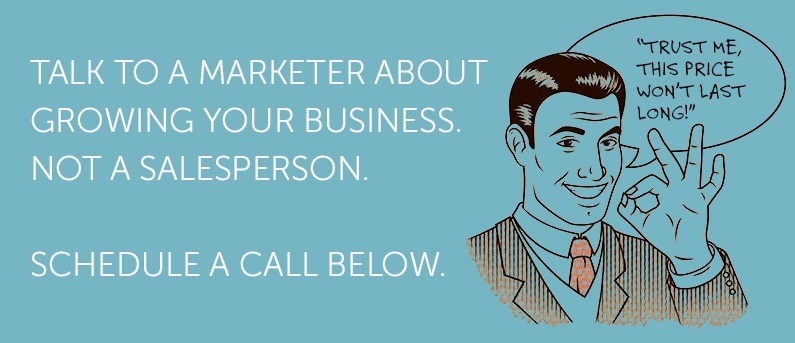Webinars, or web-based seminars, have become a popular way to hold classes, conferences and other types of group meetings. The benefits of hosting a webinar over setting up an in-person meeting are massive: you can get any number of people together from all over the globe without anyone spending a dime on airfare, lodging or conference rooms. Webinars are cheap, convenient and environmentally-friendly.
There are multiple reasons why you might want to host a webinar. You can use webinars to:
- Hold training sessions for remote employees.
- Teach customers how to get the most out of your product or service.
- Give a presentation to a potential client.
- Have a conference call for people within your industry.
- Host a video podcast that many people can tune into.
The number of uses for the technology are limited only by your imagination.
Setting Up a Webinar
Though webinars might be simpler than setting up an in-person meeting between people in distant locations, they still require some planning and work to be successful.
The process of hosting a webinar begins long before the webinar itself, and involves several steps:
- Choosing a platform. There are several webinar hosting tools available, each with different features and pricing. If you want to host a webinar for free, use Google+ Hangouts or a number of other services. If you want to incorporate more features, such as online surveys, there are affordable add-on tools that piggyback on the Hangout platform.
- Choosing a date and time. This becomes more complicated if your audience is widely dispersed. New York and Beijing, for instance, are a full 12 hours apart, making it impossible to host a live webinar that doesn't involve a late night or early morning for someone. Still, most people would prefer that to the jet lag of flying halfway around the world.
- Set an agenda. You will need to plan out the presentation, including the content being covered and the timing of different speakers, the same as you would for an in-person conference.
- Invite the audience. Some webinars (such as employee training sessions) have what amounts to a captive audience; you can literally tell to attend. For many web conferences, though, you will need to "sell" people on why they should attend. So, be able to articulate the value proposition of your webinar, and explain why it is worthy of their time or money.
- Practice. Even if you are fully confident in your presentation ability, you will want to do a trial run to make sure there are no technological bugs to work out. If you don't feel tech-savvy enough to handle any issues that come up, you might want to enlist the help of your IT department.
- Follow-up. After the webinar, you will likely want to follow up with the attendees. You can thank them for their participation, for instance, and ask for feedback on how to improve. You can also include a call to action, such as inviting them to your next webinar. It is also a good idea to record the webinar and present it either as an archive for participants or as an openly-available piece of video content on your website.
Once you gain experience with the format, webinars can turn into a regular and valuable part of your overall marketing communications strategy.
* Image courtesy of freedigitalphotos.net

